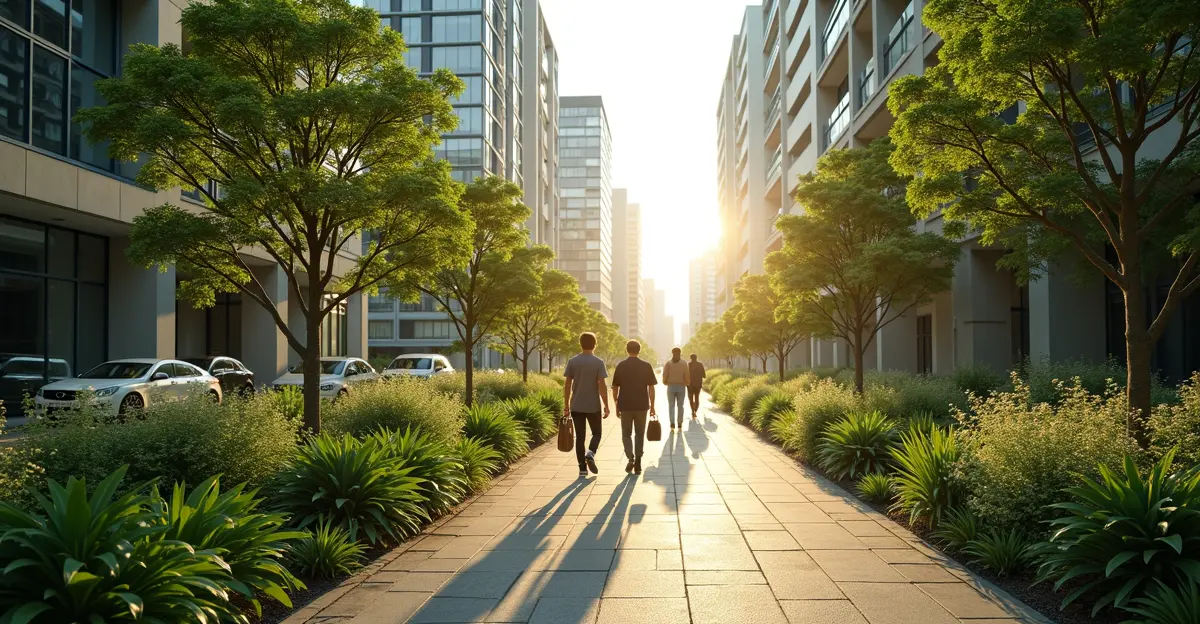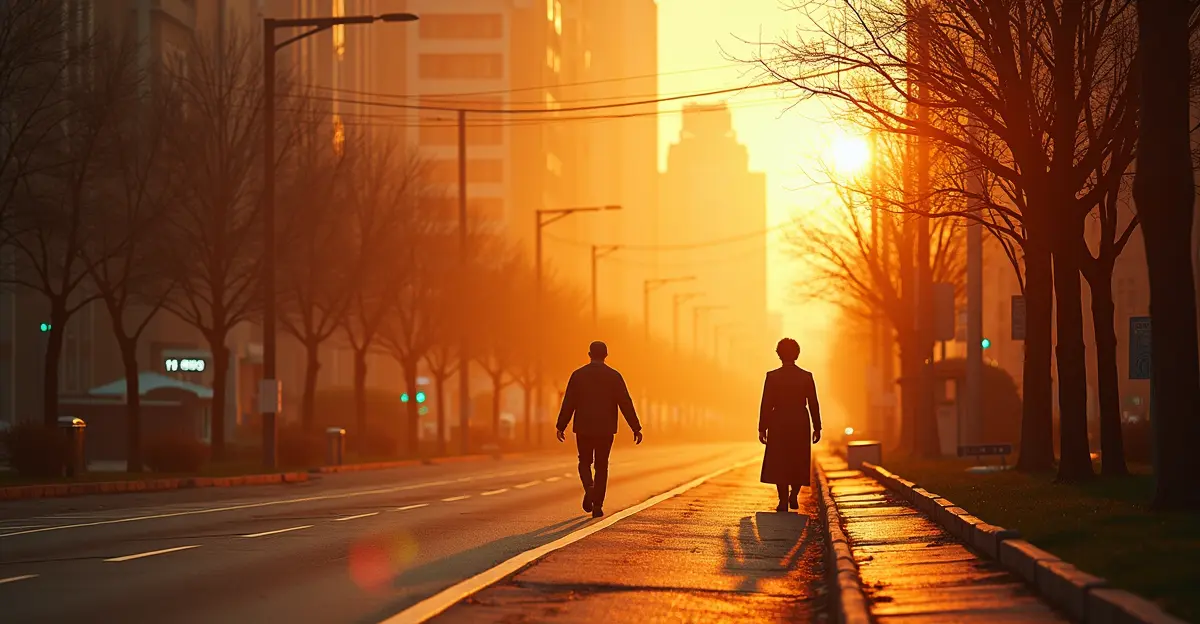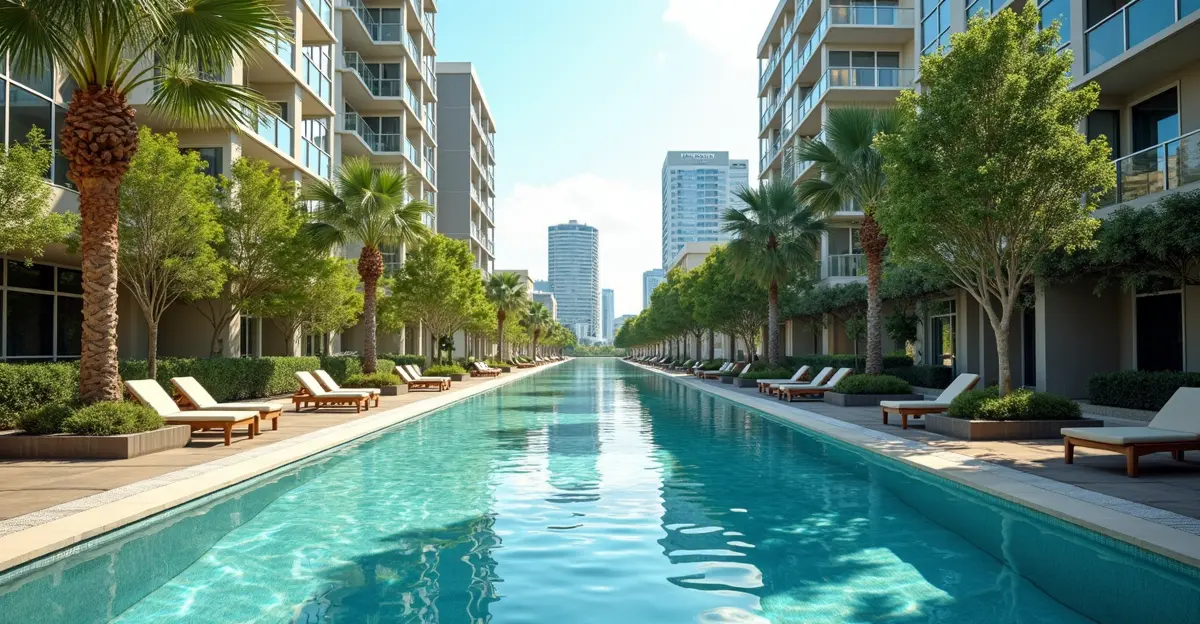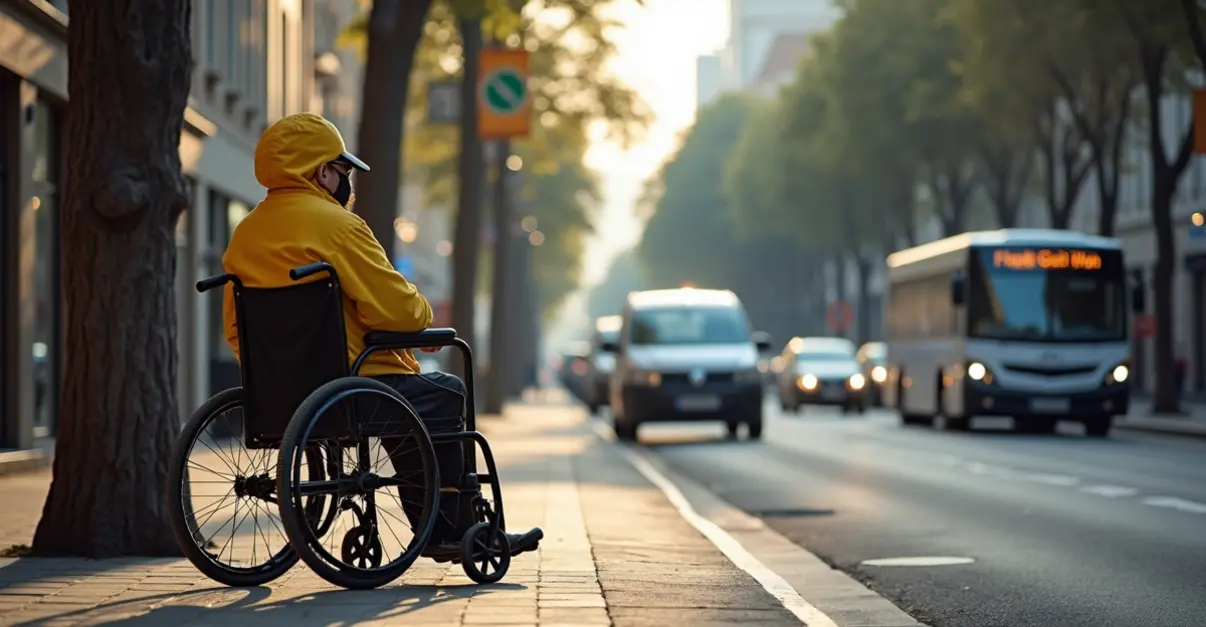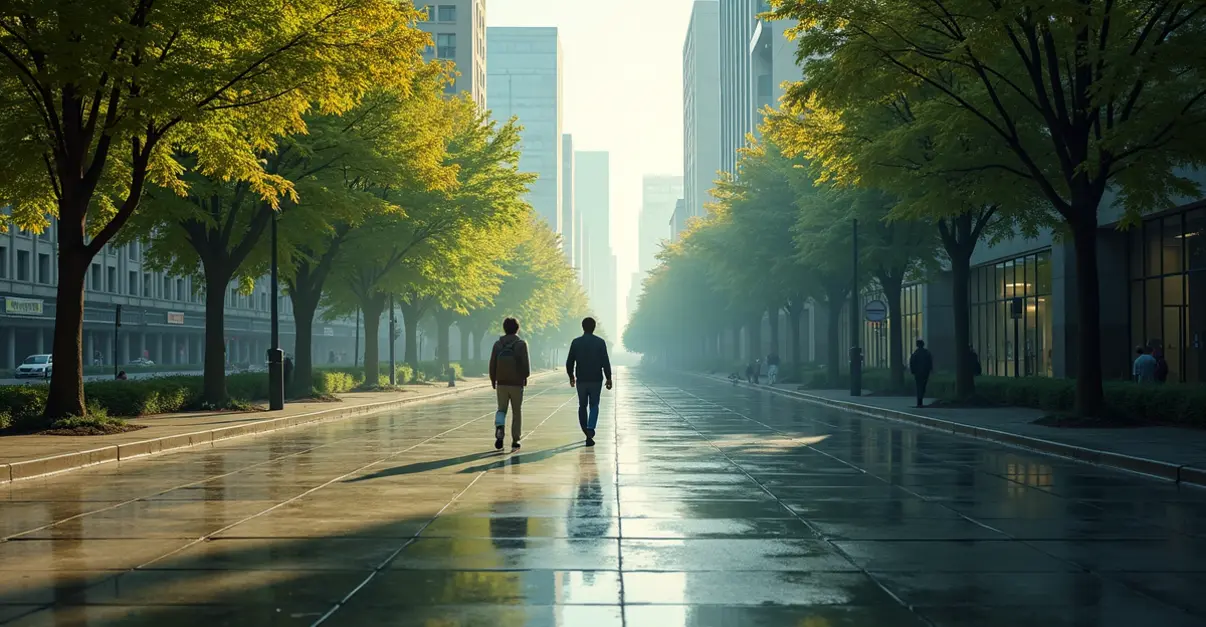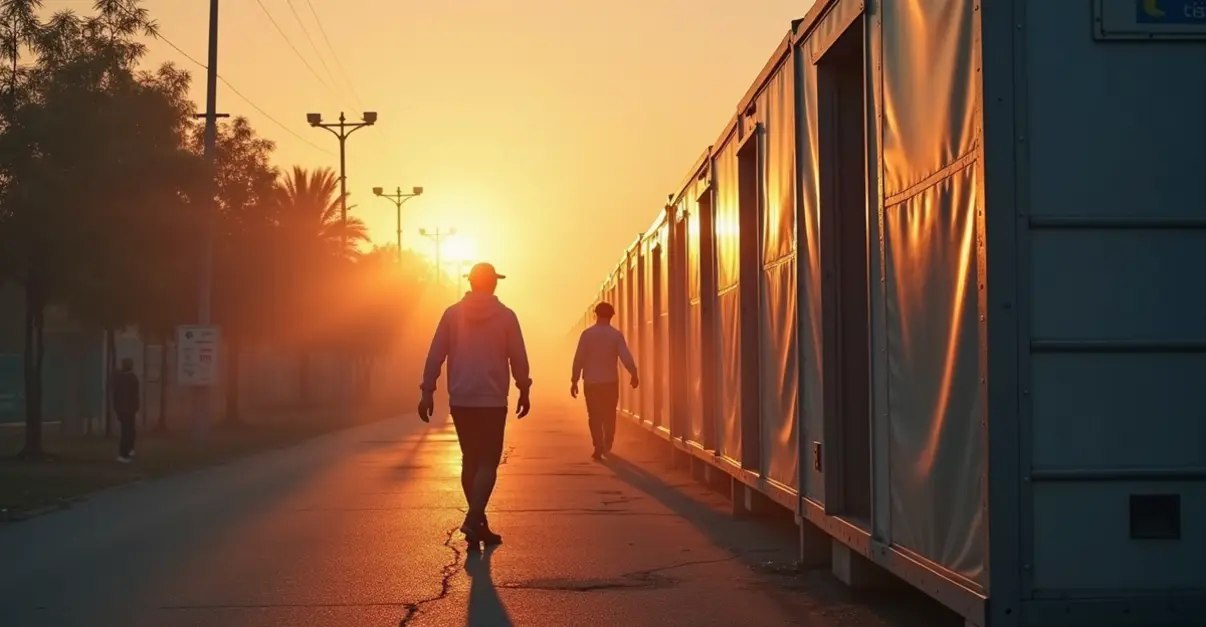Cities combat urban heat islands with tree planting, cool roofs, and community cooling centers to protect vulnerable neighborhoods. These strategies reduce temperatures by 3-6°F, cut cooling costs by 27%, and provide emergency relief during heat waves.
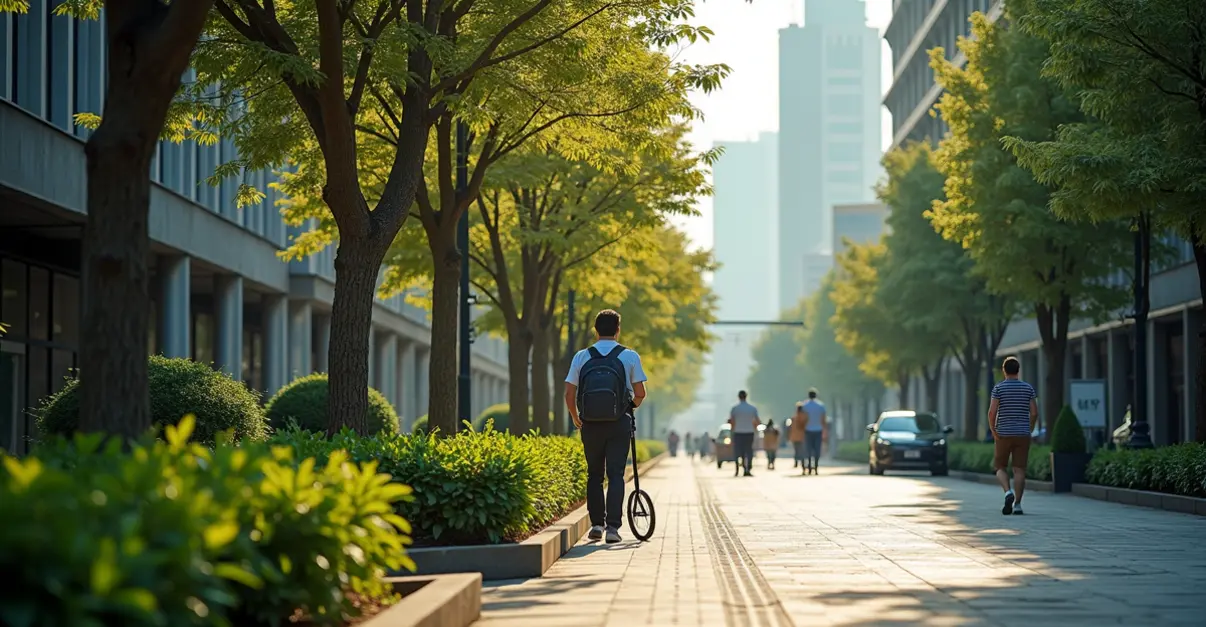
Combating Urban Heat Islands with Strategic Cooling Solutions
As cities worldwide face increasingly severe heat waves, urban cooling infrastructure has become a critical public health priority, particularly for vulnerable neighborhoods. The urban heat island effect makes cities significantly warmer than surrounding rural areas, with temperature differences reaching up to 7°F (3.9°C) according to Wikipedia. This heat disparity disproportionately affects low-income communities and communities of color, creating urgent need for targeted cooling interventions.
Tree Planting: Nature's Air Conditioners
Urban trees provide natural cooling through shade and water vapor release, reducing temperatures by nearly 3°F (1.7°C) in shaded areas. 'Trees are nature's air conditioners, providing cooling benefits that extend beyond just temperature reduction,' explains Dr. Sarah Johnson, an urban ecologist at Boston University. However, trees require significant maintenance - about $900 per tree annually in Boston - and may take decades to reach maturity. Research from Modern Sciences shows trees cool air 35% more than cool roofs where plantable, making them particularly effective in neighborhoods with available space.
Cool Roofs: Reflective Technology Solutions
Cool roofs use reflective coatings to bounce sunlight away, lowering indoor temperatures by 2-6°F (1-3.3°C) and reducing cooling demand by up to 27%. 'The beauty of cool roofs is their immediate impact - we can retrofit existing buildings and see benefits within days,' says Maria Rodriguez, a sustainable building consultant. These solutions work best on flat roofs and have lower maintenance costs than trees, making them ideal for dense urban areas with limited green space. According to Phys.org, Boston could reduce heat exposure for 80,000 residents by investing $34 million in 2,500 trees and 3,000 cool roofs.
Community Cooling Centers: Lifelines During Heat Emergencies
Community cooling centers provide free, air-conditioned spaces in public facilities during extreme heat events. 'Cooling centers are literal lifesavers for our most vulnerable residents, especially seniors and those without home cooling systems,' notes James Wilson, director of emergency management in Maryland. A study published in PMC analyzed 1,402 cooling centers across 81 US cities and found significant disparities in access, ranging from just 0.01% of Atlanta's population living within walking distance to 63.2% in Washington, DC.
Integrated Approach for Maximum Impact
The most effective strategy combines multiple cooling approaches tailored to local conditions. 'We need a portfolio approach - trees where we have space, cool roofs where we have buildings, and cooling centers where we have vulnerable populations,' emphasizes environmental planner Lisa Chen. Proposed federal legislation, including the Preventing HEAT Illness and Deaths Act and the Excess Urban Heat Mitigation Act of 2025, would provide $100 million in funding for such integrated approaches, prioritizing historically disadvantaged communities.
As climate change intensifies, urban cooling infrastructure represents not just environmental protection but essential public health infrastructure. With heat causing over 21,000 deaths since 1999 and disproportionately affecting vulnerable populations, cities must prioritize these cooling solutions to build climate-resilient communities.

 Nederlands
Nederlands
 English
English
 Deutsch
Deutsch
 Français
Français
 Español
Español
 Português
Português




